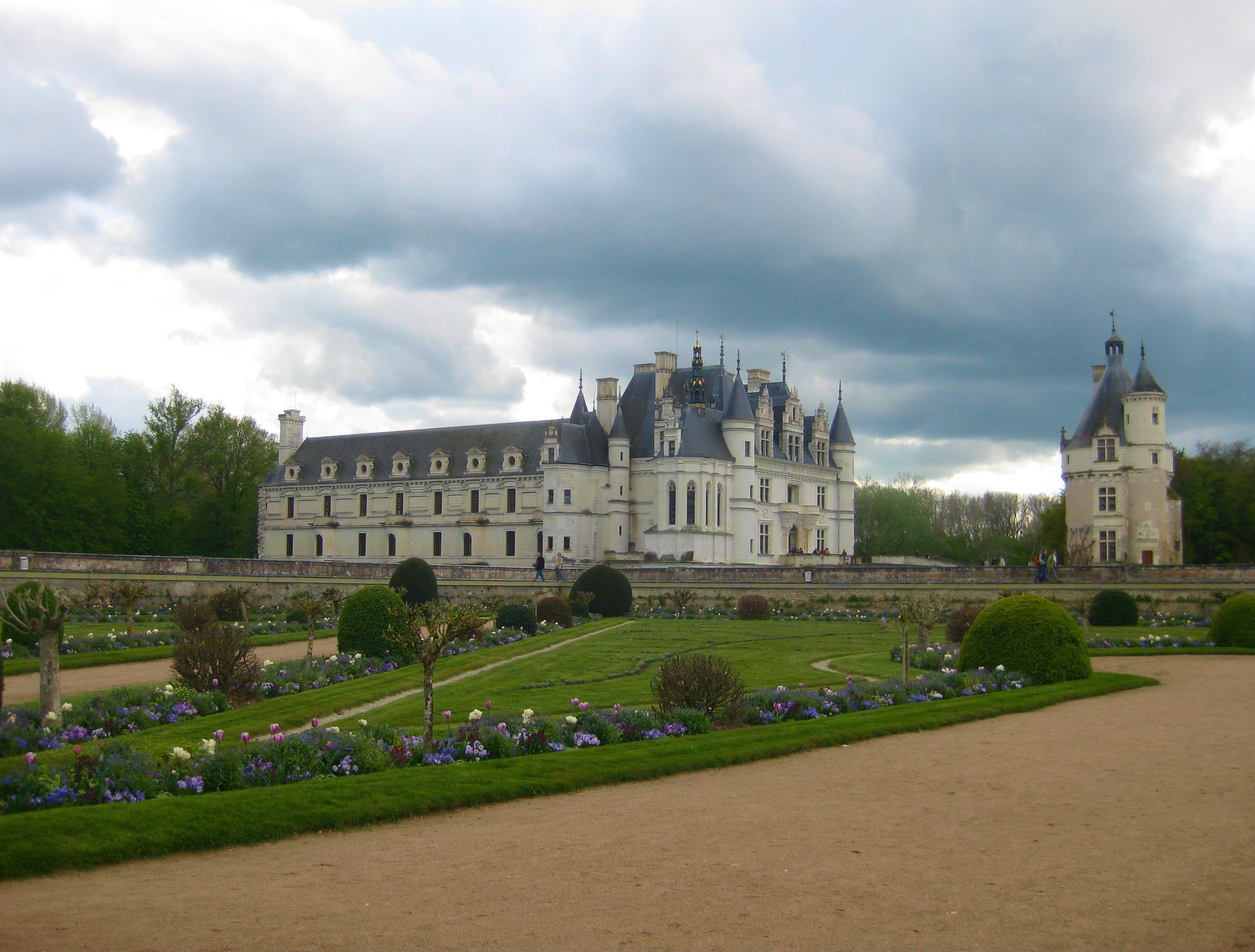1. The château of Chenonceau is the second most visited château in France, after Versailles, and for good reason: it’s positively bathed in history. This 16th century château was built on the spot of a former 11th century château, and it was eventually bequeathed to Diane de Poitiers, the official mistress or favorite of King Henri II.
2. The château spans the river Cher, right on the border that once separated Free France from Occupied France. In fact, the gallery that was built on the bridge spanning the river was used to smuggle French art south during the Occupation beginning in 1940.
3. One of the most striking elements of this château, though, is its expansive garden — or gardens, I should say. While the château was owned by Diane, upon the death of Henri, his wife, Catherine de Medici, reclaimed the château and put her own spin on it, adding the aforementioned gallery on the bridge as well as her own gardens. Today, the groundskeepers at the château plant two gardens, one in the style of Catherine and the other in the style of Diane, on either side of the château.
4. The grounds and the château have been preserved much better than many others in the region thanks in large part to the actions of an ingenious former owner. While the château is located in the town of Chenonceaux, the château’s name has been spelled Chenonceau since the French Revolution — the owner hastily removed the x, which was a linguistic symbol of aristocracy, to appease the Revolutionaries and keep them from destroying it.
5. Today, the only residents of this former aristocratic home are some fancy ducks.




